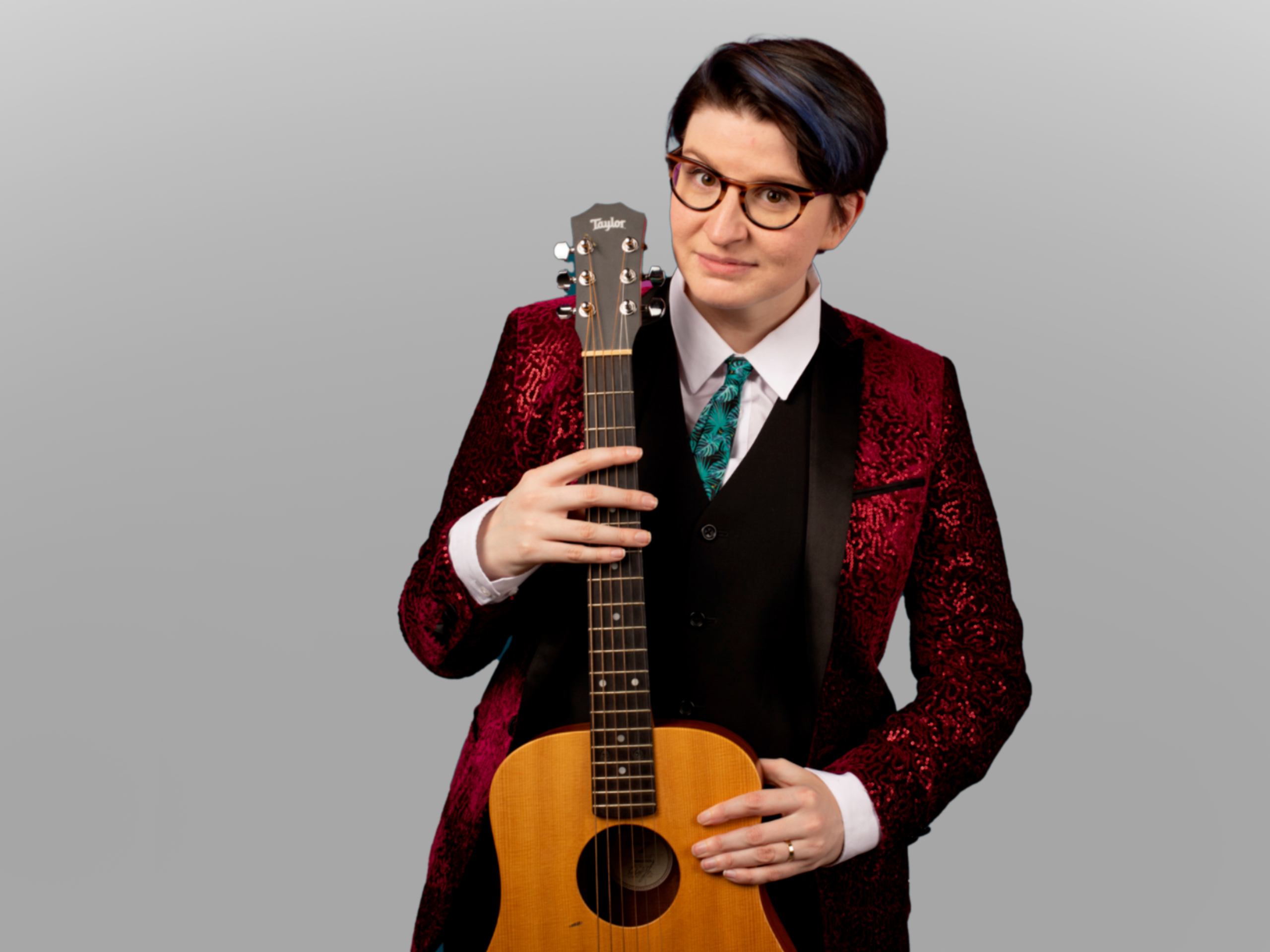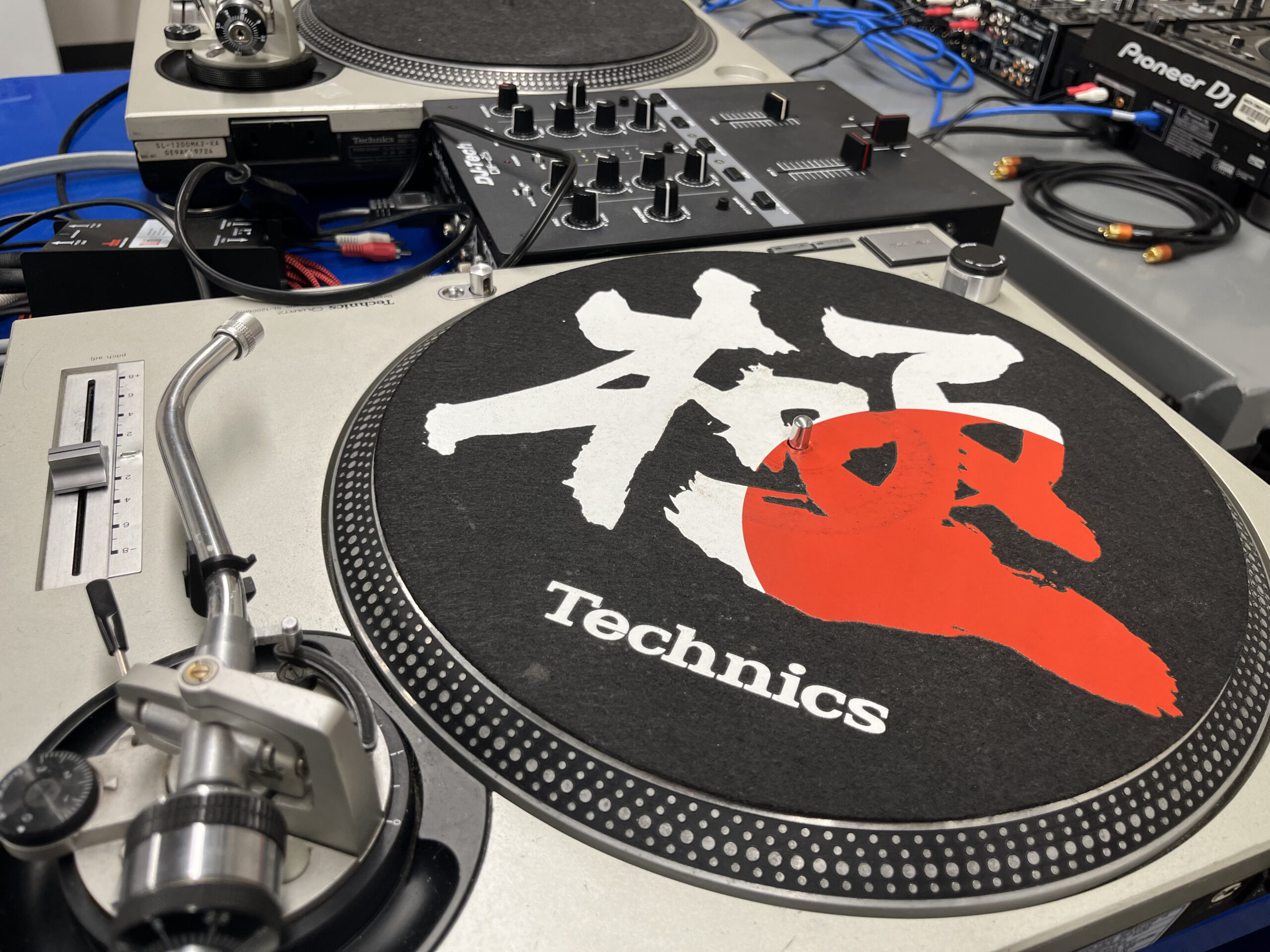Lack of copyright laws benefit fashion industry
Huan Vo
Despite the lack of copyright and intellectual property (IP) protection, the fashion industry is a multi-billion-dollar one that endlessly thrives on ideas and innovations, according to Johanna Blakley of University of South California.
As the managing director and director of research at Norman Lear Center based at USC Annenberg School for Communication, Blakley performs research on global entertainment, fashion, IP law, and so on.
On Nov. 16, she held a presentation about fashion and the democracy of style at MCC, namely how the lack of IP law serves as an incentive for innovations.
In the fashion industry, the concept of copyrighting a design is an easy one to conceive, but a difficult one to achieve.
Every characteristic of a design, from material to the measurements, has to be registered, and it doesn’t take a talented designer to change one feature of said design, call it their own, and apply for IP protection.
Apparel design is also deemed too utilitarian to qualify for copyright protection, according to Blakley.
The closest thing to copyright in the fashion industry is the name of a brand on the products. Inevitably, no IP law means it only takes weeks for knock-offs of designs on “Project Runway” to start appearing on store shelves.
And that doesn’t necessarily mean a bad thing, because people who buy Gucci products are not the customers of Forever 21, according to Tom Ford, former creative director of Gucci.
Besides knock-offs, which are cheap, serve as a gateway drug that makes people want to buy the real things.
When knock-offs saturate the market, they drive the fashion designers to new trends and customers to new purchases. They create a faster establishment of global trends, according to Blakley.
That is the true nature of the lack of ownership in the fashion industry. It is the incentive that creates an acceleration in creative innovations, as fashion designers always brainstorm how to get ahead of the curve.
Having IP protection doesn’t necessarily mean a good thing, either. The low IP industries, the ones that have no IP protection such as food, automobile and fashion, generate much more revenue than the high IP industries such as music and film.
That said, a group of designers continue to advocate for a legislation that would extend the IP law to the fashion industry.
The “Innovative Design Protection and Piracy Prevention Act,” or ID3PA, is what they testify to bring respect and merit to designers.
Despite the good intent, ID3PA would hinder the creativity of designers who are so used to an open creative process thanks to the lack of ownership, which in turn damages the fashion industry.
“Talking about copyright is like open a Pandora Box of complications … which is handled by lawyers,” Blakley said.
“We should increase IP literacy and identify the best practices in low IP industries.”









